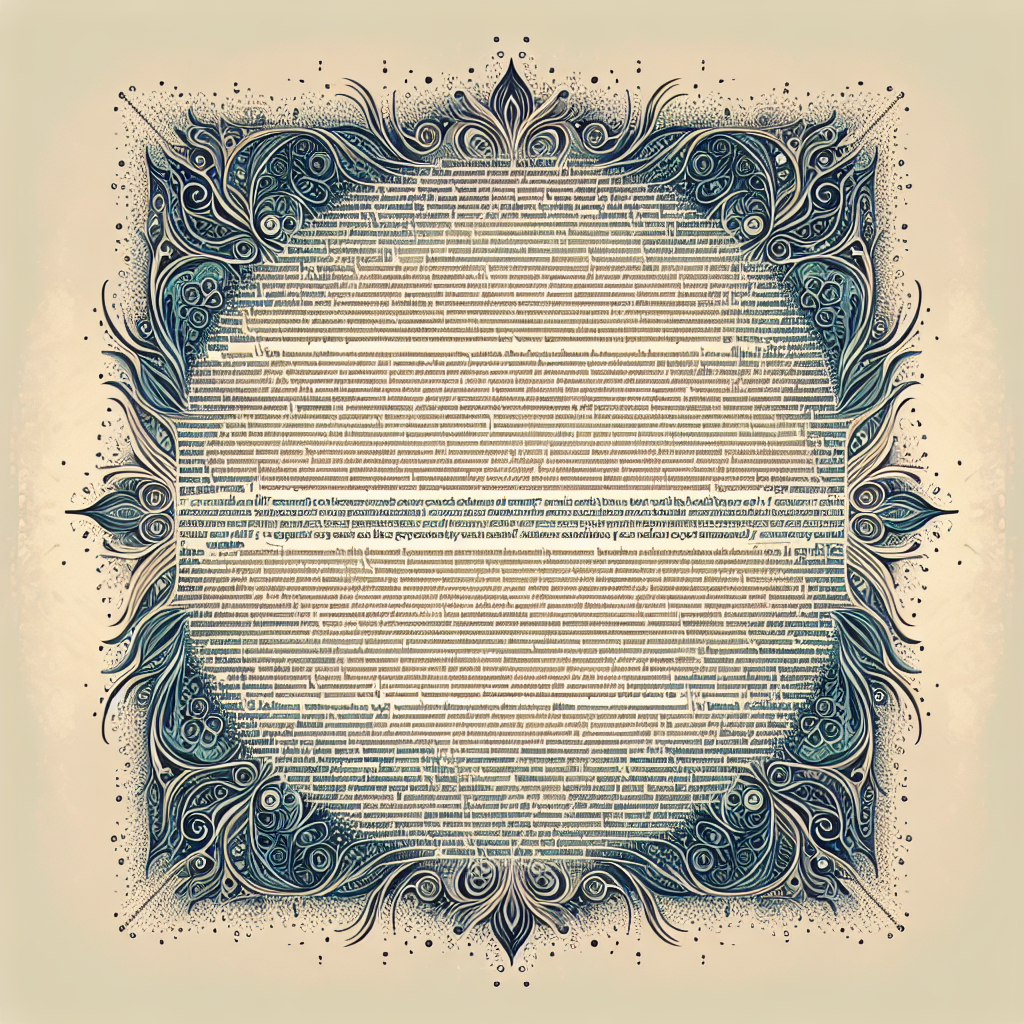They say that art is the critics’ mirror, reflecting the culture, evoking emotion, and expressing ideas of a particular time. But amongst all art periods, one epoch that distinctly stands out is the Renaissance – a time when art transformed dramatically and evolved to a greater height. Nestled between the 14th and 17th centuries, the Renaissance was a period that witnessed some of the most distinguished creations in art history.
The term Renaissance, which originated from a French word, means ‘rebirth.’ It was truly a period of renewal, a time of transition from the old, ancient world into the vibrant, modern world. It laid the foundational stones of future inventions and discoveries, leaving an indelible imprint on various facets of society: politics, religion, science, and, most prominently, art.
This period’s art was characterized by great attention to detail, symmetry, and balance, taking a turn from the previously dominating Gothic style. Artists began to transit from merely presenting the religious narratives, pivoting their focus towards the dynamics of human emotion, and exploring perspective and light.
The famous names in this art era are synonymous with finesse, grandeur, and awe-inspiring artwork. Who could forget the intriguing smile of Mona Lisa by Leonardo da Vinci or the divine representation of The Birth of Venus by Botticelli?
The importance of Renaissance Art goes beyond its aesthetic value. The art of this period was not just for contemplation but also for sparking intellectual discussions. The process of creating and appreciating art became more introspective, and a lot more emphasis was laid on personal interpretation.
From gorgeous sculptures, dramatic paintings, and grand architectures, the Renaissance art era marks a significant shift in the way art was perceived and developed. It commemorates the birth of an innovative spirit that paved the way for the styles and techniques of modern art.
Although centuries have passed since the Renaissance, the passion and intrigue for the art of the period continue to resonate with the world. Out of its rich historical context, we have derived an understanding of the curiosity that drove creativity in those times. In a nutshell, the period is best remembered as a time of awakening, an age of intellectual and artistic energy, a time that unshackled the restraints of medieval Europe and ushered in the era of “rebirth.”
The legacy of the Renaissance has survived the tides of time, and its influence resonates even in the contemporary art world. The Renaissance was indeed more than just an era, representing a revolution that redefined the essence of art itself.
Title: The Dance of millions: Stock Markets Exposed
The stock market – an economic engine that intimidates and entices. Like a dance floor, the stock market sees millions of participants executing moves directed by price swings, economic indicators, and intricate mathematical models. With its immense potential to generate financial windfalls, it seductively beckons people from all walks of life.
It’s no secret that the workings of the stock market are complex, wrapped up in jargon and multitude transactions. However, at its core, it’s an exchange. A market, where businesses raise capital by selling shares of their company, and investors, in turn, purchase these hoping for future profits.
The genesis of stock markets is rooted in the need for economic growth. Businesses capitalize on the market mechanism to fund expansions or new projects. Investors are drawn to the market, lured by the potential of high returns.
However, the stock market isn’t for the faint-hearted. It operates on a delicate balance not visible to untrained eyes. Amidst the blinding frenzy of buying and selling lurks the repercussion of losses. A bad decision, an untimely investment, and fortunes can crumble. Yet, the magnetism is too potent to resist.
But the stock market dances not to the tunes of whimsy. It follows a rhythm dictated by regulatory bodies, shaped by economic indicators, and stimulated by investor sentiment. Knowledge is power here. It is the understanding of this rhythm that differentiates a successful stock market player from a dreamer.
Learning the rules of the stock market dance is crucial. It is not merely about taking chances but about understanding the military-style discipline, of cultivating patience, of mastering timing, managing risks, and knowing that there will be wins and losses.
Times change, economies fluctuate, and new forms of investment emerge. Yet, the allure of the dance of millions persists, and the stock market continues to be a central character in the narrative of world economics. Pushing boundaries, invoking dreams, laced with thrill and reward, the stock market is an ongoing dance that demands both courage and wisdom.

Leave a Reply